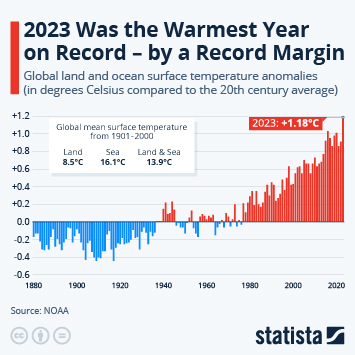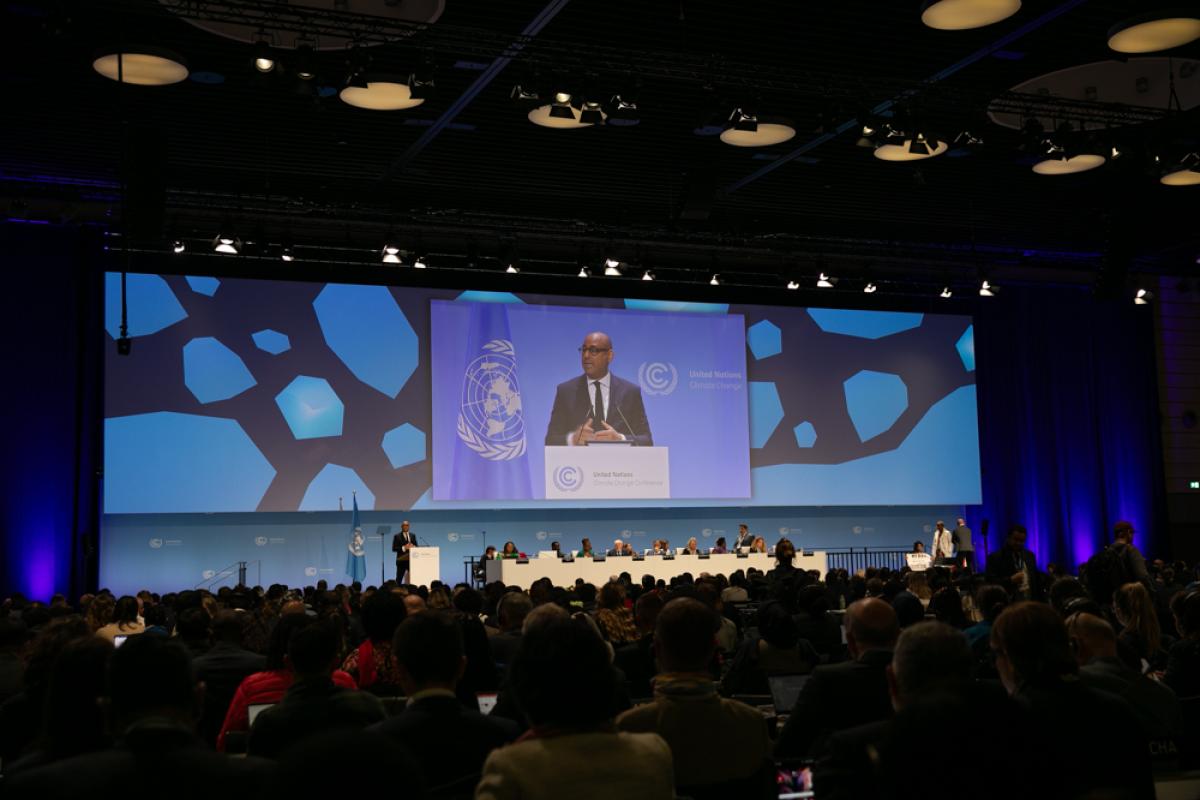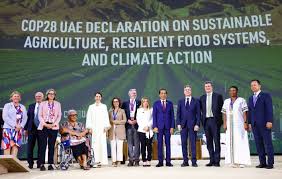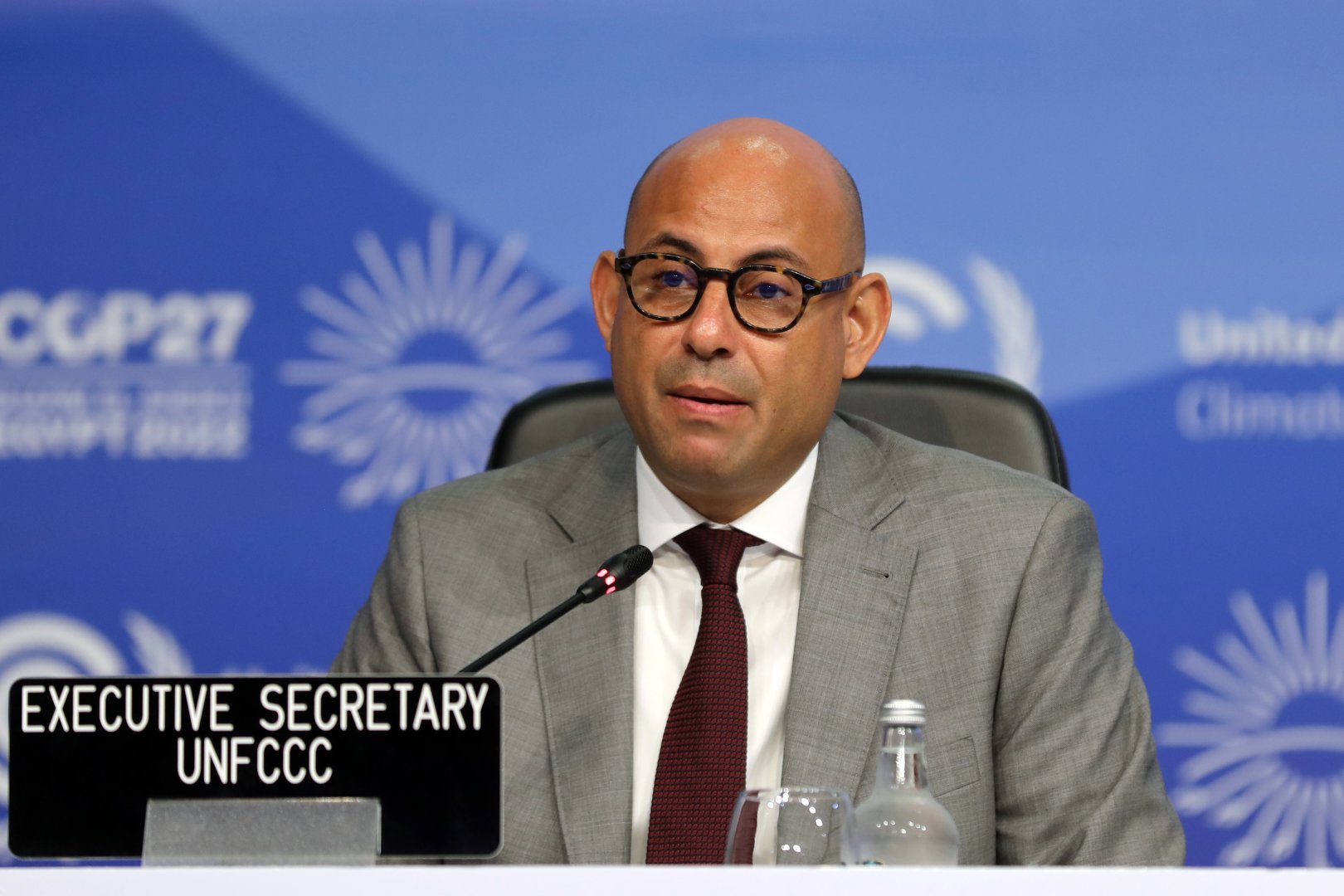By Johnson Thembo Puruka
Bonn (German) – UN Meeting SB60
As parties meet for the sixtieth sessions of the Subsidiary Body for Scientific and Technological Advice and the Subsidiary Body for Implementation (SB 60) in Bonn German, the UN Climate Change Executive Secretary Simon Stiell urges countries to support each other, because no country can solve climate change alone – Every country can learn from its peers.
Stiell in his official opening speech at Bonn, said parties working together can help in universal capacity building, to see and seed more climate action and change lives for the better.
He emphasized getting the Paris Agreement fully practical since the design phase is completed – “I called the Paris Agreement the machinery for climate action. Together we make that machinery work”. Executive Secretary Simon Stiell.
Key on the agenda on implementing the Paris Agreement is Climate Finance – which Stiell describes as a great enabler of climate action, if parties are, to make positive impacts through their Nationally Determined Contributions and National Adaptation Plans.
Impacts and Adaptation
Climate change impacts are not isolated events, they transcend political boundaries, damaging economies and causing cascading changes to our societies and cultures, with children and the most vulnerable bearing the brunt.
Which is why every Party needs a National Adaptation Plan (NAP), that covers every sector of the economy and works across your societies.
Stiell states, it’s time to re-envision NAPs, and turn minds to how they can be improved, and he looks at designing them with a clear view to unlocking much more adaptation finance and support.
To date, only 57 Parties have put together a plan but all countries need to have completed their plans by 2025 and even better before COP29 in Baku in year in November, to make progress implementing it by 2030.
The incoming COP29 Presidency Mukhtar Babayev during the dialogue on the Enhanced Transparency Framework, called on parties to submit their Biennial Transparency Reports – BTRs earlier enough before COP29 where possible, to help countries through knowledge gained to make informed choices, set ambitious goals, and unlock the finance needed to support them.
He lauded Andorra and Guyana, that have already submitted their Biennial Transparency Reports and encouraged others, particularly developing states to endeavor put in their reports regardless of how standardized they are because they don’t expect countries facing enormous human and economic challenges to submit a platinum-standard report first time around.
“We acknowledge that all countries, particularly developing states, often face problems gathering, managing, and analyzing data and producing reports – Every country starts this process from a different place. But we can’t let the perfect be the enemy of the good” Mukhtar Babayev.
However, efforts to assist countries producing good reports are going on and more than 1100 experts from 150 countries, have been trained to building the capacity of thousands of practitioners, including across other intergovernmental organizations.
A new Enhanced Transparency Framework reporting tools that integrate tracking of greenhouse gas inventories, action, and support is to be released before this month ends.
On Nationally Determined Contributions – This new round of national climate plans – NDCs 3.0 – will be among the most important policy documents produced so far this century. Nationally Determined Contributions are not just about averting disaster through reducing emissions, if well implemented they can – serve as powerful blueprints, to propel economies and societies forward, and drive more resilience, more opportunity, better human health and higher living standards.
UNFCCC pledges to launch a NDC 3.0 Navigator website, developed with the NDC Partnership, to help Parties access information, tools and contacts that can help them develop new NDCs with a focus on real implementation.
Standing Global temperatures

According to National Aeronautics and Space Administration (NASA), 2023 Earth’s average surface temperature of 2.45 degrees Fahrenheit (about 1.36 degrees Celsius) in 2023 is still standing as the warmest year
Stiell blows trumpet that, without UN-convened international cooperation, the world would probably be headed for up to 5 degrees of global heating, which most of humanity likely couldn’t survive.
He however acknowledges the fact that the world is heading towards 2.7 degrees warming which is ruinously high, and thus there’s need to be energized and move at a faster pace for climate action in the next ten years.




